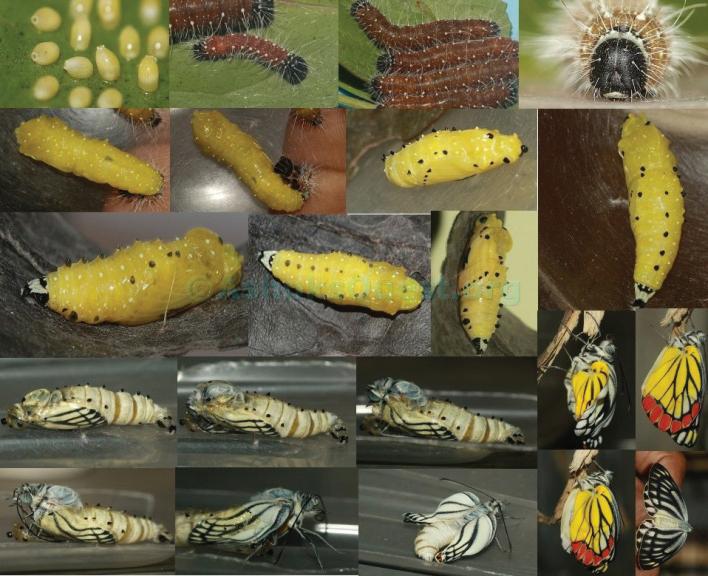ACTA UNIVERSITATIS SAPIENTIAE AGRICULTURE AND ENVIRONMENT, 13 (2021) 13–22 DOI: 10.2478/ausae-2021-0002
Inadvertent implications of climate change for butterflies Rajesh GOPINATH,1* Aadarsa V. R. RAM,2 Ashok SENGUPTA3 1
Department of Civil Engineering & OIKOS (Eco-Club), BMS Institute of Technology and Management, Bengaluru, 560064, Karnataka, India; e-mail: dr.rajeshgopinathnair@gmail.com
2
Department of Computer Science, University of Hertfordshire, AL10 9AB, United Kingdom 3
KV No. 1 Jalahalli West, Bengaluru 560015, Karnataka, India
Manuscript received 20 January 2021; revised 11 March 2021; accepted 30 March 2021 Abstract: Climate change is one of the leading challenges of this century with an impending threat to wipe out more vital butterfly species than ever before. Climate shift has the potential to affect their life cycles, flight times, essential bio-interactions, and ultimately survival. As the first such study in India, this case study highlights the inferential discussion on the importance of butterflies in maintaining the earth’s fragile ecological balance and consequently the impact of climate change upon them with inadvertent implications. Due to the shifting climate, a number of butterfly species are now migrating to newer places in their search for comfortable temperature and availability of food, as the reduction/loss/change of habitat lowers the diversity of microclimates and availability of food plants for larvae and adult butterflies. Consequently, the butterflies become even more vulnerable to natural perturbations and susceptible to predators and local extinctions. Keywords: climate, survival, interactions, species, balance, ecological
1. Introduction Butterflies belong to the kingdom of Animalia, the phylum Anthropods, and the class Insecta. The anatomy of a butterfly consists of antennae, compound eyes, proboscis, six segmented legs, and sense organs [1, 2]. The families are mostly classified into Papilionidae (swallowtails), Nymphalidae (brush-footed), Pieridae (whites and yellows), Lycaenidae (blues), and Hesperiidae (skippers) [3, 4]. A butterfly has mainly 4 stages in its life cycle. The early stage is the egg stage, wherein they are the size of a pinhead and are mostly fixed to the leaf with an adhesive substance which hardens rapidly so that eggs can withstand the roughest winds and rains. This stage lasts for about






